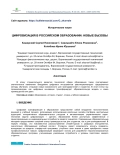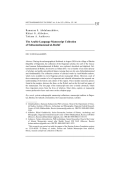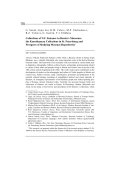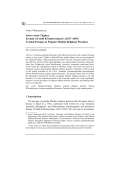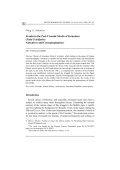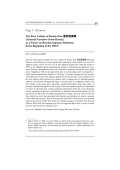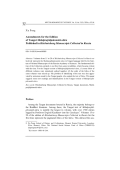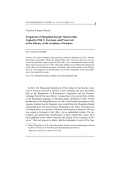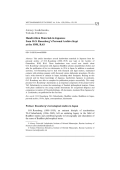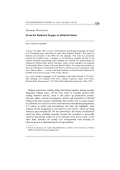Nikolai Fedorovich Katanov (1862–1922), a Russian scholar of Turkic origin (Khakas), was a valuable Orientalist who wrote important works in the field of Russian Oriental studies. The framework of his scientific work was formed by various fields such as linguistics, ethnography, folklore, culture, history, archaeology and museology related to various Turkic tribes and peoples living in Siberia and Central Asia at the end of the 19th century and the beginning of the 20th c. His works made a great contribution to the development of studies on the ethnography and culture of Turkic peoples in Siberia and Central Asia. Further research, study, classification, promotion and publication of the material cultural heritage consisting of unpublished archival and visual materials of Katanov, an exemplary representative of the Khakass people and Turkic-speaking peoples of Eurasia, remains important today. Currently, the personal museum funds and collections of Katanov are stored in Kazan, St. Petersburg, Abakan, Minusinsk and Askiz. In this study, a brief review and description of the Katanov’s collections, which are preserved in the Peter the Great Museum of Anthropology and Ethnography (Kunstkamera) of the Russian Academy of Sciences in St. Petersburg, but which are little known today, will be made. These collections were collected by Katanov during his scientific expeditions to Siberia and East Turkestan2 between 1889 and 1892 in the Minusinsk region, Uryanhai region and East Turkestan. These collections, exhibited at the Kunstkamera, are published for the first time. In the future, an overview and catalog of N. F. Katanov’s Buddhist museum collections (sculpture, painting and ritual objects) will be presented at the National Museum of the Republic of Tatarstan, the State Museum of Fine Arts of the Republic of Tatarstan and the Ethnographic Museum of Kazan Federal University.
